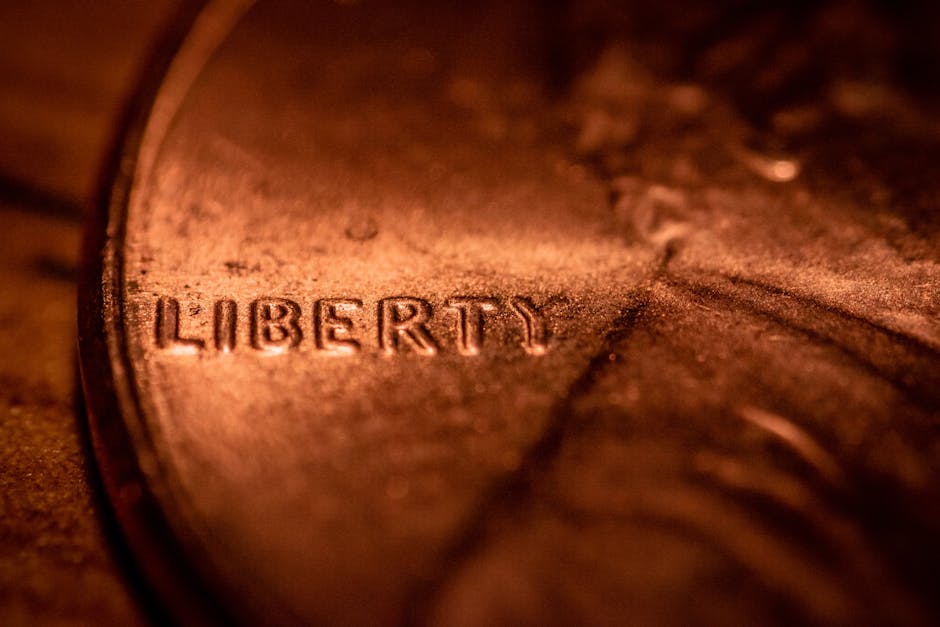Identifying Authentic S Mintmarks
The 1909-S VDB Lincoln Cent is a significant coin for collectors. Verifying its authenticity is crucial, and examining the 'S' mintmark is a key indicator. In genuine 1909-S VDB cents, there should be a small, raised dot inside the top curve of the 'S'—a detail that represents the use of a specific 'S' mintmark punch used by the San Francisco mint from 1909 to 1916.1
Identifying this dot isn't enough, though. The serifs of the 'S' should be straight, not slanted. Minor details like these can expose a forgery.
The location of the mintmark also matters. Mintmarks were hand-punched into the dies at the Philadelphia Mint before being shipped to branch mints, so their positions can vary. The placement of the 'S', relative to the date on the coin, should fit within one of four recognized positions by coin researchers.2 A mismatch here raises red flags regarding a coin's legitimacy.
For those looking to acquire a 1909-S VDB Lincoln Cent, keeping these points in mind is important. Ensuring its authenticity adds value and satisfaction to the collecting experience. Pay attention to the small yet significant details that tell the true story of a penny's past.

Analyzing the Position of the Mintmark
The mintmark's position on a coin, especially the 1909-S VDB Lincoln Cent, is important for authentication. In 1909, mintmarks were added to coins by hand, resulting in variations in placement from one coin die to another.
These variations are not random but vital for authentication. Researchers have documented only four obverse dies used for striking the 1909-S VDB cents, each with a distinct mintmark placement.3 Knowing these specific positions can help distinguish between genuine and counterfeit coins.
When considering a 1909-S VDB cent for your collection, matching its mintmark position to one of the known authentic configurations is an essential step. Detecting authenticity isn't just about checking for the right marks; it's also about their exact locations.
The mintmark's position also provides insight into numismatic history. Each slight variance in placement tells a story of the hands that placed it, the era it was made in, and the meticulousness of the coin-making process at the time.
Understanding the significance of the mintmark's position allows collectors to navigate the market more confidently and make informed decisions. It enriches their collection with genuine pieces and tangible slices of history.
The mintmark's position is a small detail that harbors great importance in numismatics. It embodies history, authenticity, and the craftsmanship of early 20th-century minting practices. For collectors, these nuances make coin collecting a continuously engaging and rewarding pursuit.
Examining Victor David Brenner’s Initials
Victor David Brenner's initials on a 1909-S VDB Lincoln cent are essential in verifying the coin's authenticity. Brenner, the designer of the Lincoln cent, included his initials "V.D.B." on the reverse side at the bottom. However, public opinion led to their removal early in the coin's production, making 1909-S VDB cents with the initials a rarity and a target for counterfeiters.
Spotting genuine VDB initials is key to confirming a 1909-S Lincoln cent's authenticity. Real "VDB" initials have a distinctive look – the letters are sharp and clear, with specific detailing that fake coins often fail to replicate accurately.
In the genuine version, the bottom of the "D" and the horizontal bar of the "B" are slightly slanted.4 This subtle detail is significant. Counterfeiters may overlook this nuance, making it an important clue for collectors. The positioning and depth of the letters also play a crucial role. Real VDB initials seamlessly blend with the coin's design, neither too shallow nor overly pronounced.
When examining these initials, use a good magnifying glass and compare alongside known genuine examples for reference. The slight slant in "VDB" on an authentic 1909-S VDB speaks to Brenner's original craftsmanship – something that forgeries often miss.
Understanding this small yet critical detail not only helps collectors authenticate their coins but also connects them to a pivotal moment in numismatic history. It transforms coin collecting from a mere hobby into a hunt for pieces of history that tell tales of years past.

The journey into coin collecting is enriched by understanding what makes each piece authentic. The small yet significant detail of the 'S' mintmark on a 1909-S VDB Lincoln Cent not only tells us about its origin but also connects us to its historical significance. Recognizing this feature is crucial for any collector looking to ensure the legitimacy and value of their collection.
- Breen W. Walter Breen's Encyclopedia of United States and Colonial Proof Coins, 1722-1989. New York, NY: FCI Press; 1989.
- Lange DW. The Complete Guide to Lincoln Cents. Irvine, CA: Zyrus Press; 2005.
- Snow R. A Guide Book of Flying Eagle and Indian Head Cents. Atlanta, GA: Whitman Publishing; 2009.
- Wexler J, Flynn K. The Authoritative Reference on Lincoln Cents. Rancho Santa Fe, CA: Kyle Vick; 2014.
Writio: AI content writer for websites. This page was magically crafted by Writio.
Leave a Reply